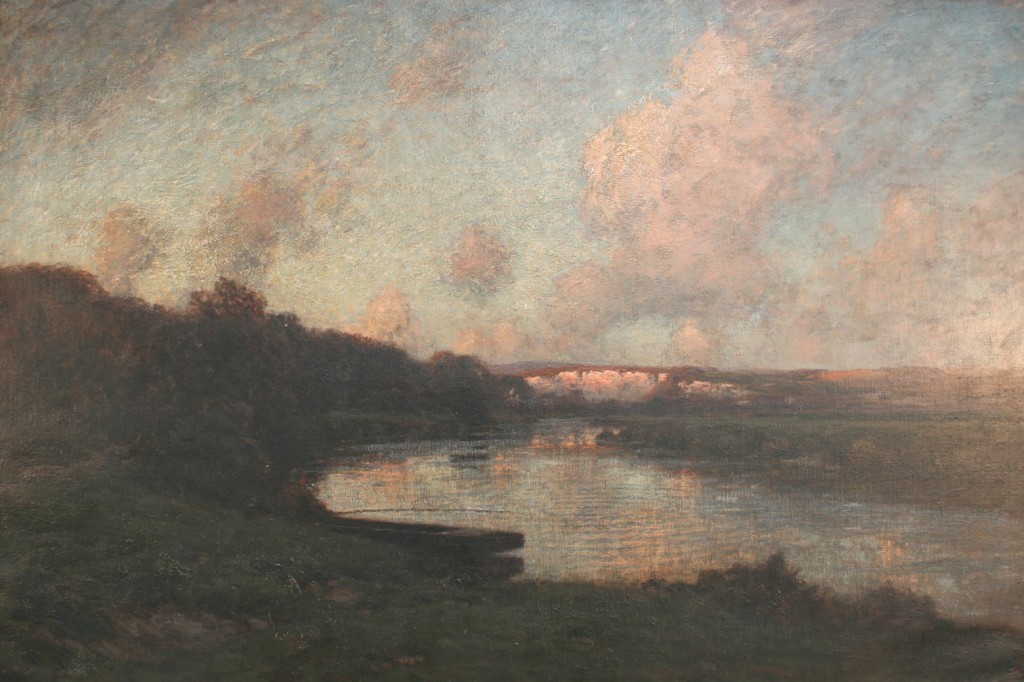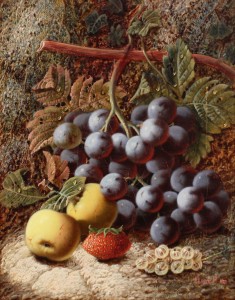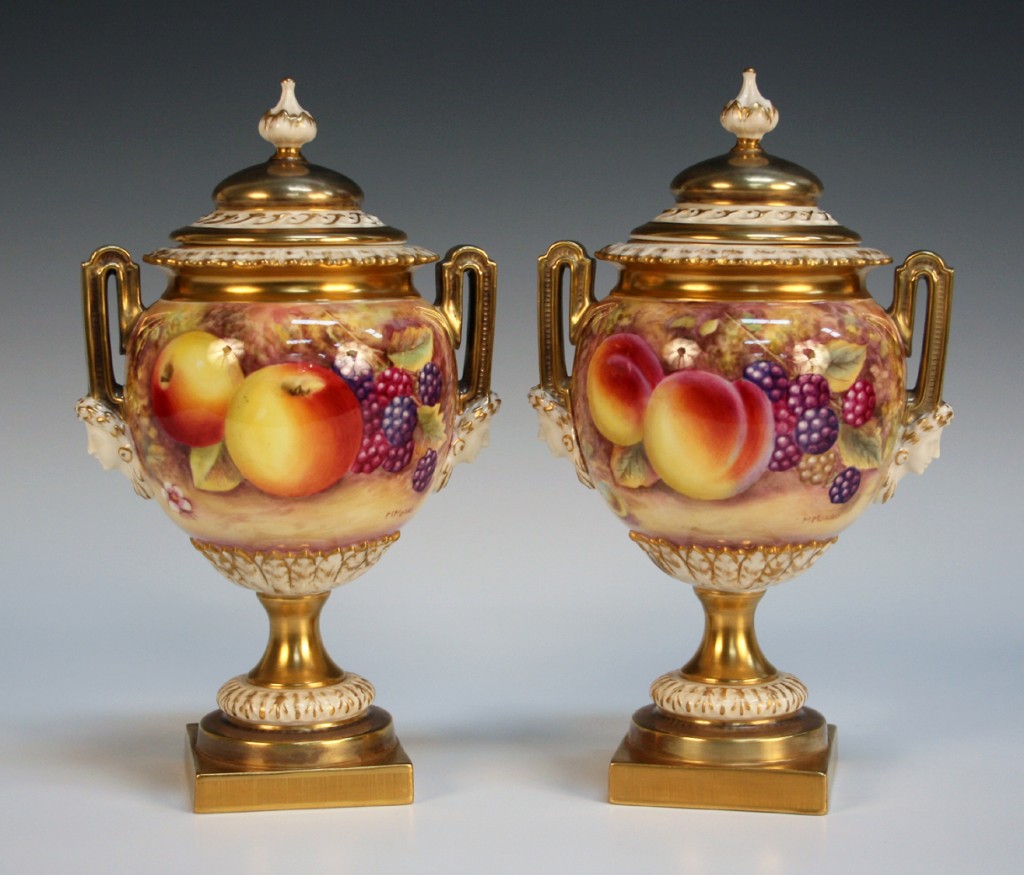
As autumn approaches we look to the changes in the season, perhaps a last and precious glimpse of summer before the leaves fall. The morning dew has been lying heavily on the fields and the geese call to each other in their V-shaped formations as they fly on their winter migration. I am always excited by the fruits of the hedgerows, especially the blackberries and elderberries. In orchards across Sussex apples and quince are gathered and there is a sharper quality to the breeze on an incoming tide.
There is a wonderful sense of journeying and returning in the seasons of year – a time to reflect. T.S. Elliott had strong associations with Sussex. Writing from a perspective of Christian faith he observed the seasons in his poem ‘Little Gidding’:

‘We shall not cease from exploration
And the end of all our exploring
Will be to arrive where we started
And know the place for the first time.
Through the unknown, unremembered gate
When the last of earth left to discover
Is that which was the beginning;
At the source of the longest river
The voice of the hidden waterfall
And the children in the apple-tree
Not known, because not looked for
But heard, half-heard, in the stillness
Between two waves of the sea.’
The Downs are beginning to change from their warmer summer hues to the cooler greens so beautifully depicted in José Weiss’ oil painting of Amberley chalk pits, viewed from the river Arun at dusk. José Weiss was born in Paris in 1859. He holidayed and painted at Amberley where he met Agnes Ratton. They were married and made their home at Houghton. Weiss would become famous for his Sussex views, particularly from along the river Arun.
The abundance of the autumn hedgerow has inspired successive generations of artists.
The painter Oliver Clare’s technique even captures dewdrops on the texture of the fruit. The naturalistic setting gives this jewel like still life context, connecting it with nature.

The translucence of the glaze adds life to ceramic artist M. Morris’ still life painted on the pair of Royal Worcester bone china urns and covers. Here peaches accompany the blackberries of the hedgerows.
The seasons continue to inspire us as they did writers and artists in the early and mid – 20th century. We delight in the joy of gathering blackberries and apples for a pie. Walks along ancient lanes and footpaths in the Weald, on the Downs and by the sea connect us with the Sussex landscape.
This delight is reflected in collectors’ interest to acquire art and objects which speak into our experience of this marvellous country. Prices for pieces of this quality range from hundreds of pounds into the low thousands at auction.
Whether you are foraging for art or the blessings of the approaching autumn season allow yourself time to reflect in the landscape.
By Rupert Toovey, a senior director of Toovey’s, the leading fine art auction house in West Sussex, based on the A24 at Washington. Originally published in the West Sussex Gazette.